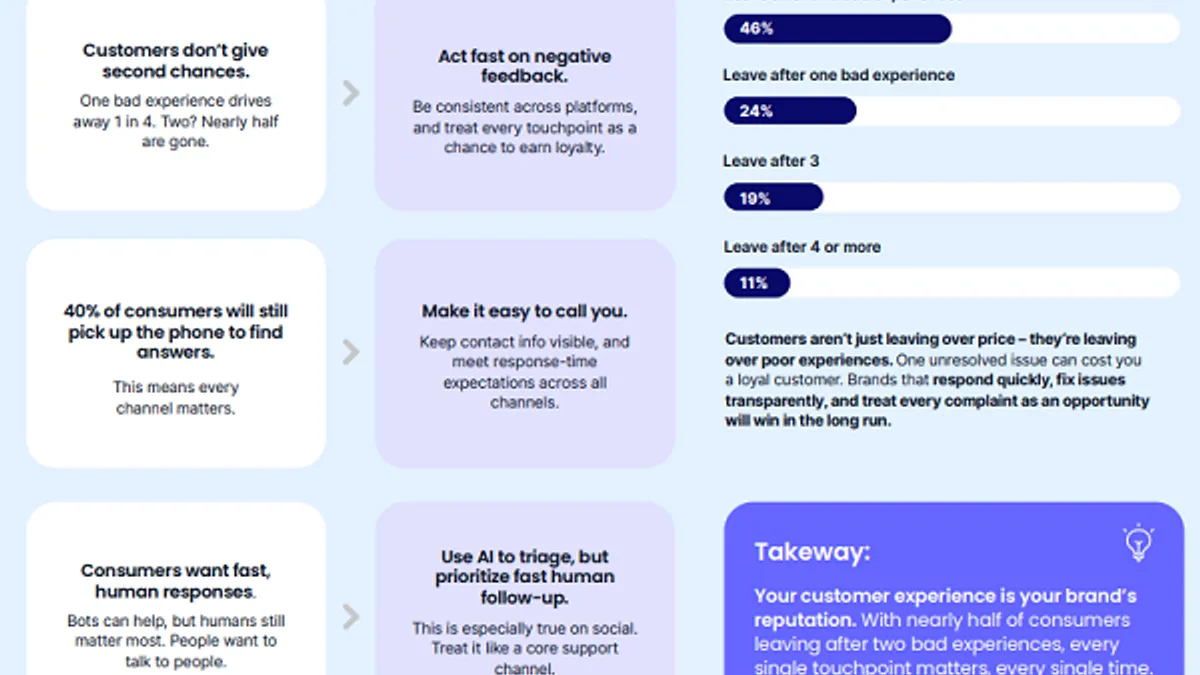Cookies have been in the headlines a lot lately, but not because bakers are gearing up for the holidays. The cookies we're talking about are the third-party tracking technology that has been a standard tool for online advertisers for years. Because of user privacy concerns, many browsers — including Apple’s Safari and Mozilla’s Firefox — have installed tools for users to block third-party cookies.
Advertisers and publishers are now faced with the question of how to target their ads without the use of cookies. Big sites that have access to a large database of first-party data, like Facebook and Google, are at a clear advantage in developing ways to track users. Apple’s decision to block third-party cookies by default has already adversely affected advertisers, particularly in the mobile arena.
To prepare for a future where advertisers may not be able to rely cookies, many companies have developed their own tracking tools and procedures. See how each one is prepping below.
1. GOOGLE
Search giant Google has been in headlines most recently because of the nearly $40 million it had to pay to both the FTC and 37 states for knowingly going around Apple’s Safari cookie-blocking features in an event that some are calling “Cookiegate.” Google found a workaround in the Safari blocks and placed cookies onto the computers of users without their knowledge, but claims the cookies weren’t collecting any personally identifying information.
Besides paying for hefty lawsuits, Google is developing its own kind of tracking tool, "universal IDs," that don’t require third-party cookies. These universal IDs would identify users and track them across different devices, which is something few companies are able to do at the moment. While a great move for Google to function in a cookie-less world, the idea that other smaller publishers would have to use Google’s universal IDs to target users doesn’t sit well with many in the industry.
2. PANDORA
Online music streaming service Pandora is hoping it can leverage its first-party data to help with the loss of cookies. The service uses login information like email, age, location, age and gender, cross-referencing it with U.S Census data and user listening habits to offer targeted inventory for advertisers. In particular, Pandora is pitching the targeted advertising to Hispanic and Spanish-speaking markets.
Moving to first-party data is actually an advantage for Pandora because of its predominantly mobile-based audience. Third-party cookies don’t work when tracking mobile users, so advertisers were limited to the display ads shown to desktop users. As Pandora hones its first-party data, it will be able to sell more targeted video ads on mobile.
3. DEMANDBASE
Demandbase, B2B online targeting and personalization platform, has developed one of the first cookie-less ad targeting solutions for B2B advertisers. The targeting tool is an extension of DemandBase’s Company-Targeted Advertising solution that allows users to identify a group of businesses, the Fortune 1000 for example, to advertise to.
The B2B targeting tool uses corporate IP addresses of visitors to identify which company a visitor is from. This means any time a user visits a DemandBase client’s webpage, they can track the IP address back to that company and potentially gain a new lead. The tool allows companies to target more than one person involved in the sales process based on their different IPs at the same company.
4. XASIS
Agency ad trading desk Xasis is one of the smaller firms that fears a Google takeover of online advertising if cookies cease to be useful. It’s a valid concern, considering that Google already owns 11.7% of the global online ad business and is predicted by analysts to gain 1% each year moving forward.
Rather than just develop its own exclusive tool, Xasis is proposing a new industry standard called the “statistical ID.” In theory, the statistical ID would identify users by their device and other anonymous attributes. Ads would use a combination of these attributes, rather than cookies, to target users.
5. MICROSOFT
Software giant Microsoft has developed a way to track without cookies for users of devices with its Windows software, including tablets and Windows phones. Microsoft can even track users of the Xbox gaming systems.
Microsoft’s tracking technology works by assigning each user a number, or unique identifier, that tracks that user across Windows-enabled devices. This is great for Microsoft’s tracking, but advertisers may find flaws in only being able to target Windows users—particularly in the mobile space, where by Apple’s iOS and Google’s Android reign supreme.
Would you like to see more marketing industry news and information like this in your inbox on a daily basis? Subscribe to our Marketing Dive email newsletter! You may also want to check out Marketing Dive's look at 5 colors that can help your brand pop.






















